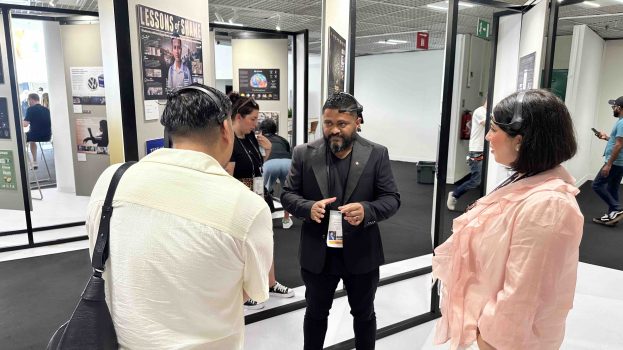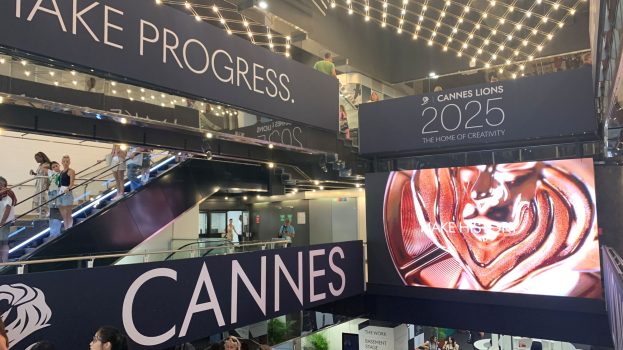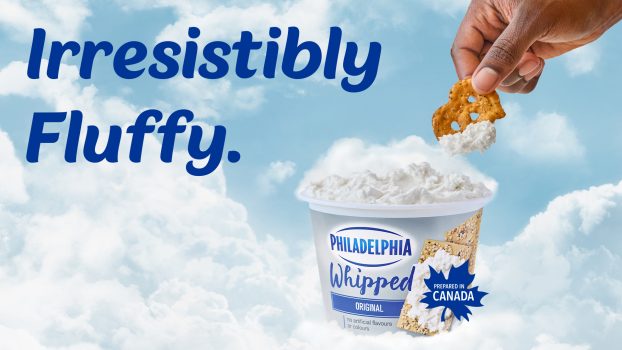By John Bradley and Carrie Bradley
A recent article by our friends at thebrandgym on the subject of distinctive brand assets caught our attention, because identifying them is something that, in our consulting work, forms part of our Effectiveness Audit.
So what do we look for? We break down the term “distinctive brand assets” into its three components:
1. What elements of past advertising have appeared consistently? And it can be virtually anything: a character (e.g. Dos Equis man), a situation (e.g. someone failing at a task until they drink Heineken), a piece of music, a visual style (think iPod) and so on.
2. How well branded are those elements? Not do they feature with, or near to, the logo, pack or brand colours, but are they strongly associated with the brand either through prolonged usage (think “Intel Inside” or “Telus animals”) or though being a perfect complement to the brand (e.g. TD’s comfy green chair)?
3. Are these elements being used to drive incremental value? If yes, then great! That makes them Distinctive Brand Assets (DBAs). If no, then they are either mere features with no intrinsic brand-building value or, more likely, under-exploited brand assets (“latent DBAs”), which we always love to find.
Bringing “latent DBAs” back to the fore can be one of the most effective things a marketing plan can do, but there are many examples of companies who tried and failed to do so. Efforts to re-energize Colonel Sanders as an effective DBA have been on a rocky road for quite some years now, while the euthanizing the Dos Equis man only to reincarnate him in a young form has become the poster child of advertising idiocy.
The very real difficulties in building, maintaining or rebuilding DBAs are because the art and science of doing so have not been broadly understood. However, the learnings are out there if you care to look. Key is understanding the differing roles of the two brain hemispheres in processing advertising, about which the leading thinking comes from Orlando Wood at System1 Group.
To summarize: the brain’s left and right hemispheres engage with the outside world, and advertising messages, quite differently. The left hemisphere zeroes in on simple, direct selling messages, which can be very effective in either prompting an action, such as a click, or, in driving sales of brands in categories that are already top of mind and where the consumer is already close to making a purchase decision. Peleton commercials are very effective in selling to people who want to exercise frequently and hard, but not effective in persuading couch potatoes to put down the TV remote. What makes such ads effective is sticking to what the left hemisphere engages with best – facts, simple messaging, no ambiguity – not unlike what makes an effective poster.
Left hemisphere campaigns can be very effective at activating sales but distinctly weaker at brand-building, because long-term memories are not formed there. Which is where the right hemisphere comes in.
The right hemisphere is where imagination and involvement reign supreme. System1’s research has shown that the most effective right hemisphere campaigns usually contain a combination of character, incident and place – storytelling, in other words – made relevant to the brand and its benefits.
It is here that Distinctive Brand Assets take root. If the right hemisphere is engaged by your advertising, then key elements of it – Tony the Tiger, the Intel Inside jingle etc. – stand a much better chance of being remembered and instantly associated with your brand until some future marketer or agency forgets why they are there. It’s no coincidence that thebrandgym’s research shows audible brand cues and brand characters being around 5x more effective than the more mundane logo, pack shot, and even a celebrity.
But is any of this relevant when more and more advertising takes place online, where six seconds counts as prolonged involvement? The research says yes. To quote Orlando Wood, “most (online) right-brained ads still outperform the most left-brained ads, even when the actual level of right-brained skew in the former is very low. In other words, adding even a few more human touches to appeal to the right-brain (and minimising those left-brain features) can pay dividends.”
Of course, the trick is to add human touches that are distinctive to those used by other brands, that associate seamlessly with your brand, and thus can become effective growth assets. The agency should know what is distinctive, and the brand manager should know what would associate seamlessly. If not, one or both of them need replacing.
John Bradley and Carrie Bradley are managing partners of The Bradley Group.























